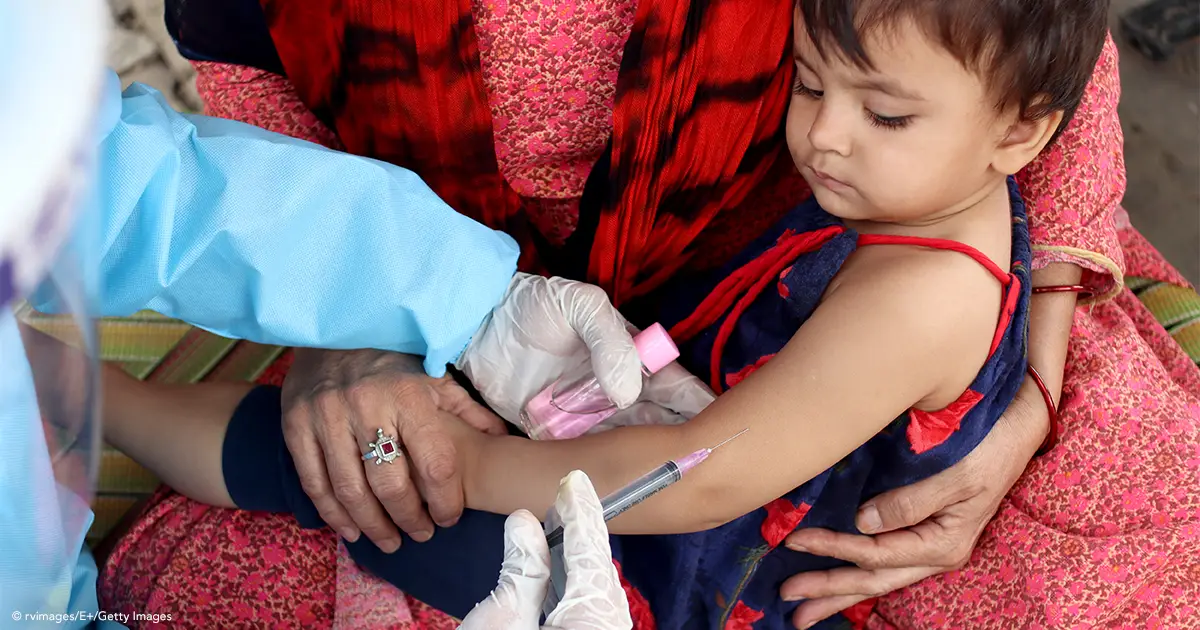Economics and Global Health: What Should Students Know?

Global Health is a multi-disciplinary field that requires exposing learners to a range of topics: for example, basic concepts of epidemiology, demography, and equity. Topics also include understanding relationships, such as those between health and development and health and the environment.
Certain economic concepts are central to understanding global health. Yet, most of our students will come to an introductory global health course with little background in economics and almost no understanding of health economics. Therefore, introductory courses in global health should help students understand key economic issues, as noted below.
First, students need to have some notion of how different countries compare to each other in their “level of development.” Gross National Income (GNI) and Gross National Product (GNP) are crude but remain the most common measures for this purpose (GNI data is updated annually at World Bank Data.) Other development indices include the Human Development Index of the United Nations Development Program or the Socio-Demographic Index of the Institute of Health Metrics and Evaluation. You could also put GNI and GNP in perspective by asking students to look at Bhutan’s measure of Gross National Happiness.
Students should also understand how much countries spend on health, including total health expenditure, public expenditure on health as a share of the total, and private expenditure on health as a share of the total. It is also instructive to see what countries spend per capita on health, even with the “distortions” of such measures that come with different levels of economic development. Just plug in your search term, such as “World Bank Data on Total Expenditure on Health,” and it will come up. You can examine the data by country, region, or by country income group. The data can also be plotted. You can also search within World Bank Data.
Students should also understand the basic principles of “getting the most for your money” from health investments. This would have to start with the notion that “the goal of a health system is to maximize the health of a people, at least cost, in doable, sustainable, and fair ways.” From there, you can introduce students to the basic concepts of cost-benefit analysis and cost-effectiveness analysis as they apply to health.
A good starting point for understanding benefit-cost analysis is “cases” like treating hookworm in farmworkers in a low-income country. If, for example, it costs $1 a year to treat hookworm, how much more value of farm products would they have to produce each year to make it worthwhile to spend the company’s money on treatment?
A brief introduction to cost-effectiveness analysis can start by asking students if they seek the lowest cost possible when buying a product for themselves. You can then lead them to the concept of the lowest price for the same unit of value. An excellent health example is to compare a patient who can get the same relief and no side effects from either an acid inhibitor at $5 a course of treatment or from an antacid at 20 cents per course of treatment. If they had this choice and were paying themselves, what would they choose? Of course, it is also essential that our students learn to compare the costs per death averted of different health interventions. If, for example, they only had two choices of investments, which would they choose, and why?
Of course, there are no standard criteria for deciding what amount of expenditure per life saved is cost-effective. An earlier WHO Commission suggested that one could consider investments as cost-effective if they cost less than three times the level of GDP per capita for each DALY averted. However, increasingly it is important to examine the relative cost-effectiveness per DALY averted of different interventions. A former colleague of mine, Abdo Yazbeck, wrote an Idiot’s Guide to Prioritization in The Health Sector that can be helpful to introduce learners to cost-benefit and cost-effectiveness analysis in health.
While cost-benefit analysis and cost-effectiveness analysis are essential to priority setting, they are not the only tools we have. Thus, it is also important to expose students to the concept of “ethical priority setting.” Norway leads the world in such an approach, in which, for example, cost-effectiveness data is weighted by criteria that prioritize unhealthy or marginalized groups. Here is a piece that can introduce your students to this concept, written by Ole Norheim, one of the leading lights in work on ethical priority settings.
In an introductory course, I would focus on the above. However, for more advanced students, it would also be valuable to cover, among other things, the economic issues involved in provider payments and insurance. For these, I would focus instruction on the key concepts and how they might play out in a real case, such as in the health system of a country of choice.
About the Author
Richard Skolnik, MPA- Yale, School of Public Health, New Haven, Connecticut
Richard Skolnik has spent more than 40 years working on international development and global health and was formerly a lecturer in the Yale School of Public Health, the Yale School of Management, and the George Washington University School of Public Health.